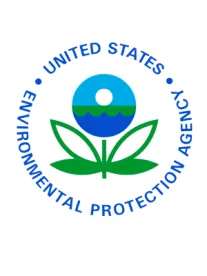EPA has scheduled a stakeholder meeting in Washington, D.C. on June 11 to discuss its proposed nanoscale materials rule under the Toxic Substances Control Act (TSCA). The proposed rule would require manufacturers of nanoscale materials to provide EPA certain information, including health and safety-related information, regarding their nanoscale materials. Public comments are due by July 6, 2015. EPA’s proposed rule is significant in part because EPA intends to use the information gathered under the proposed rule to determine whether to take further action under TSCA regarding nanoscale substances.
EPA issued its proposed rule on April 6, 2015. The rule would require entities that manufactured nanoscale substances during the three years prior to the rule to provide the required information to EPA within six months after the rule is finalized. EPA also proposes a continuing requirement that manufacturers who begin to produce nanoscale materials after the date of the rule provide the same information to EPA at least 135 days before they commence manufacturing. The information required to be reported to EPA includes chemical identity, production volume, methods of manufacture, exposure and release information, and health and safety information.
Information gathered through this proposed reporting rule will be used to “determine if any further action under TSCA,” such as additional information collection or regulation, is necessary. EPA has requested comments on a number of aspects of the proposed rule, including regarding a potential future rule that would require regular, periodic reporting of the manufacture of nanoscale substances, and has invited participants at the upcoming stakeholder meeting to provide input on these issues.
The proposed rule recognizes that nanoscale materials have “a range of potentially beneficial” applications, such as “clean energy, pollution reduction and environmental cleanup,” but also states that nanomaterials can raise “questions” as to whether the material can “present increased hazards to humans and the environment.” That a material is nanoscale is not “an indication of, or criterion for, hazard or exposure potential,” that the proposal does not make any finding about the potential risks of nanoscale material, and that all evaluations of nanomaterials “will be based on the specific nanoscale chemical substance’s own properties.” Nevertheless, an underlying premise of EPA’s rulemaking efforts is that nanoscale substances may have significantly different characteristics from the same substances on a more conventional scale.





 />i
/>i

